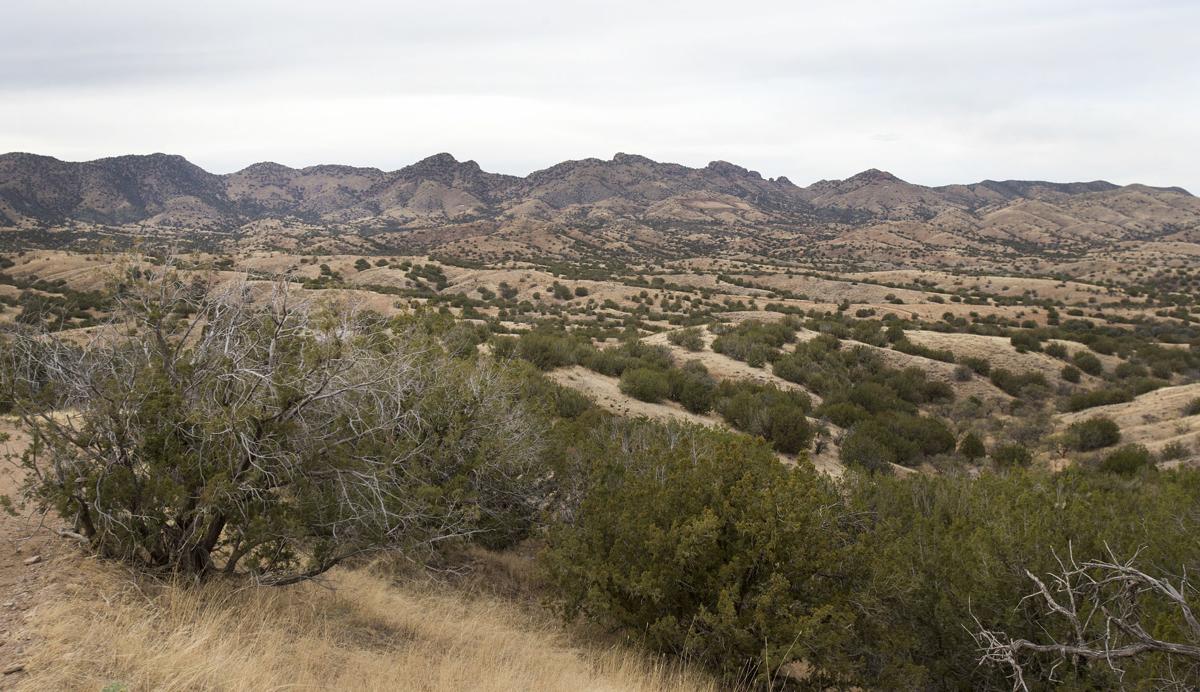The mountainous area southeast of Tucson is sacred to the Tohono O’odham Nation. For thousands of years, our people have used these ancestral lands to reflect and pray. We gather medicinal plants and food, and bear grass and yucca for traditional basket-weaving.
We have adamantly opposed building a copper mine on these sacred lands, which would destroy 50 cultural sites dating back to the Hohokam Period.
This is our homeland; it is the resting place of our ancestors.
We aren’t alone. Opposition to the proposed Rosemont Mine has been nearly universal. Local residents, farmers, politicians, conservationists and outdoor businesses have fought the plan for years.
Nevertheless, the U.S. Army Corps of Engineers recently approved Canadian Hudbay Minerals’ proposal.
We cannot place all the blame on federal land managers: Their hands are tied by the archaic 1872 Mining Law that names mining as the highest and best use of federal lands. They believe they have little choice but to approve the mine.
If the mine moves forward, it will be disastrous to the land, water and people that value the Sonoran Desert.
A 2012 report shows that nearly every operating U.S. copper mine has resulted in spills and failed to contain toxic releases. The Ray Mine in Pinal County is particularly notorious. It would only be a matter of time before we joined the thousands of communities across the United States living with the legacy of mine pollution.
The Associated Press recently reported that over 50 million gallons of contaminated wastewater streams daily from the country’s hardrock mine sites, including in Arizona. In many cases, it runs untreated into nearby groundwater and rivers. The hardrock mining industry is the United States’ number-one source of toxic pollution, according to the Environmental Protection Agency, and has been for as long as anybody has bothered to keep track.
Unlike other extractive industries, under the 1872 law, mining companies pay no royalties. Whoever stakes a claim and discovers valuable minerals on public lands claims those riches — more than $300 billion and counting since 1872 — without giving taxpayers a dime for them.
For too long, foreign mining companies have come in, dug riches out of public lands and left a mess for local communities and taxpayers. The EPA estimates the cost for abandoned mine cleanup at $20 billion to $54 billion — far in excess of available funding.
Mining companies need to be held accountable for their pollution. The time has come to reform the 1872 Mining Law. We must have the option to protect our special and sacred lands, and we need to create a dedicated source of funding to pay for abandoned mine cleanup. We all deserve access to safe drinking water. We have a responsibility to ensure this problem doesn’t get any worse.
I made a trip to Washington, D.C., this past March, where I met with staffers for Sens. Kyrsten Sinema and Tom Udall, and Reps. Raúl Grijalva, Deb Haaland and Ruben Gallego. I shared our concerns about the Rosemont Mine and the 1872 Mining Law. I came home encouraged.
Rep. Grijalva, the new House Natural Resources chairman, is expected to introduce legislation to reform the mining law later this year so travesties like Rosemont never occur again.
I hope that future generations won’t have to deal with the environmental disasters that mining companies leave us with. I call on this nation’s elected leadership to realize that we are all connected: the people, the land, the water, the flora and fauna.





